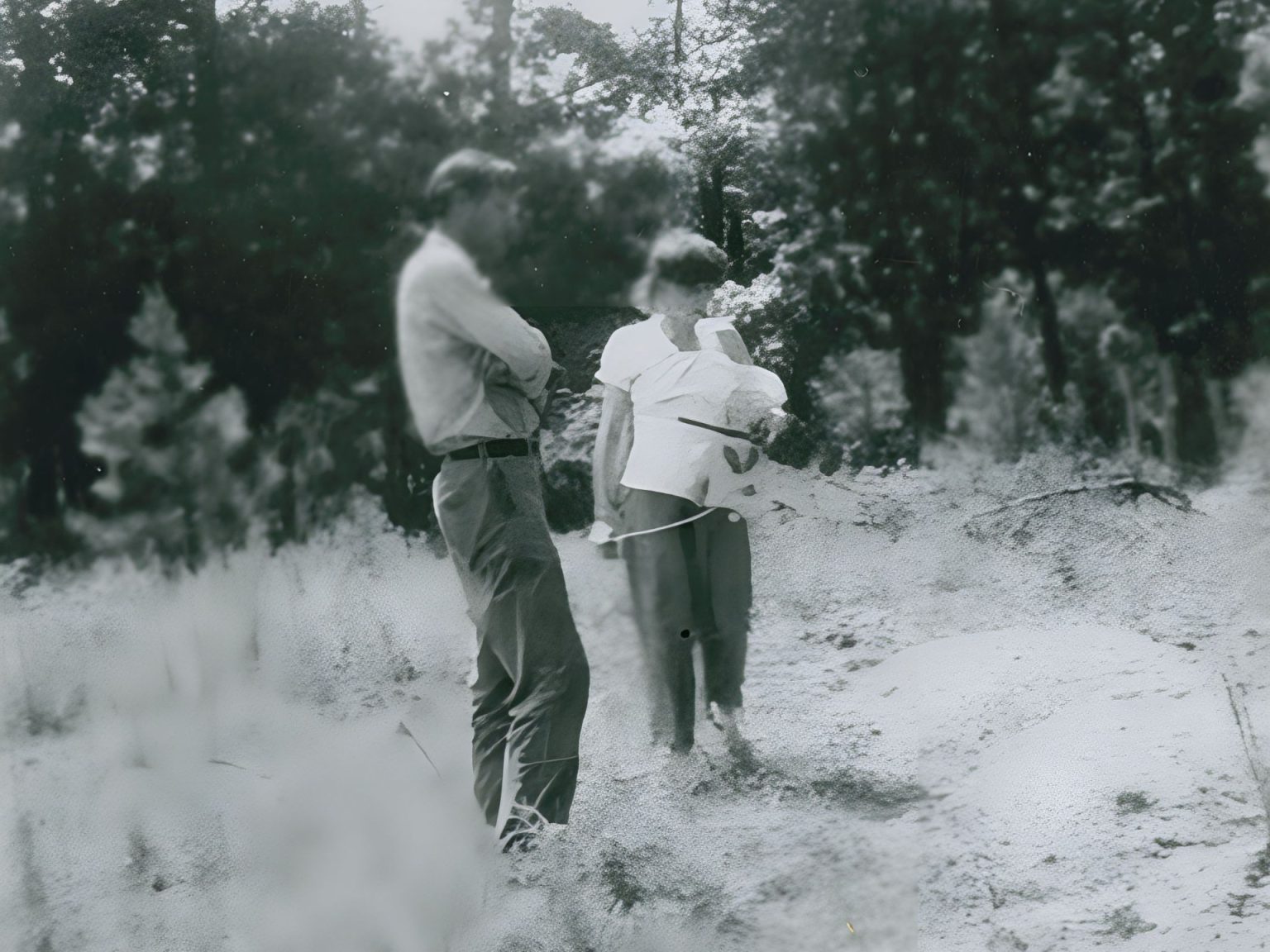In 1949, American writer William S Burroughs moved to Mexico to evade gun and drug charges in the United States. Despite a promising start in the Roma district of Mexico City, Burroughs fell back into heroin addiction and violence towards his wife, Joan Vollmer. On September 6, 1951, during a drunken gathering, Burroughs shot Vollmer in the head, resulting in her death. Despite this horrific act, Burroughs went on to become an influential figure in American literature, with his work being adapted into the film “Queer”.
Vollmer’s life with Burroughs was troubled from the start due to their drug addictions and her declining health. Their time in Mexico City was marked by heavy drinking and violent arguments, ultimately leading to Vollmer’s decision to file for divorce. By the time of her death, Vollmer was suffering from a terminal blood disease and was in poor health overall. The circumstances of her death, with Burroughs claiming it was a drunken accident, led to his brief imprisonment and subsequent release. Vollmer was buried in a pauper’s grave in Mexico City.
Burroughs later went on to achieve literary fame with his novel “Naked Lunch”, which has since been adapted into a film. Despite his literary success, Burroughs’ legacy is tarnished by his actions towards Vollmer and his association with drug addiction and violence. Questions arise about whether one can separate the art from the artist, especially in light of such dark events.
Burroughs’ struggles with addiction and his use of firearms reflect larger societal issues in America, such as the opioid epidemic and gun violence. He was critical of the criminalization of drug addiction and incarceration, advocating for a public health approach instead. His work reflected the chaos and damage caused by addiction and violence, drawing inspiration from his personal experiences.
The debate continues about whether Burroughs’ art can be appreciated independently of his actions. While his work may be celebrated for its innovation and style, the tragic death of Joan Vollmer casts a shadow over his legacy. Visiting Vollmer’s grave serves as a stark reminder of the real-life consequences of Burroughs’ actions. Ultimately, it is up to individuals to decide how to reckon with the dark truths of Burroughs’ life and work, and whether to separate the art from the artist.













